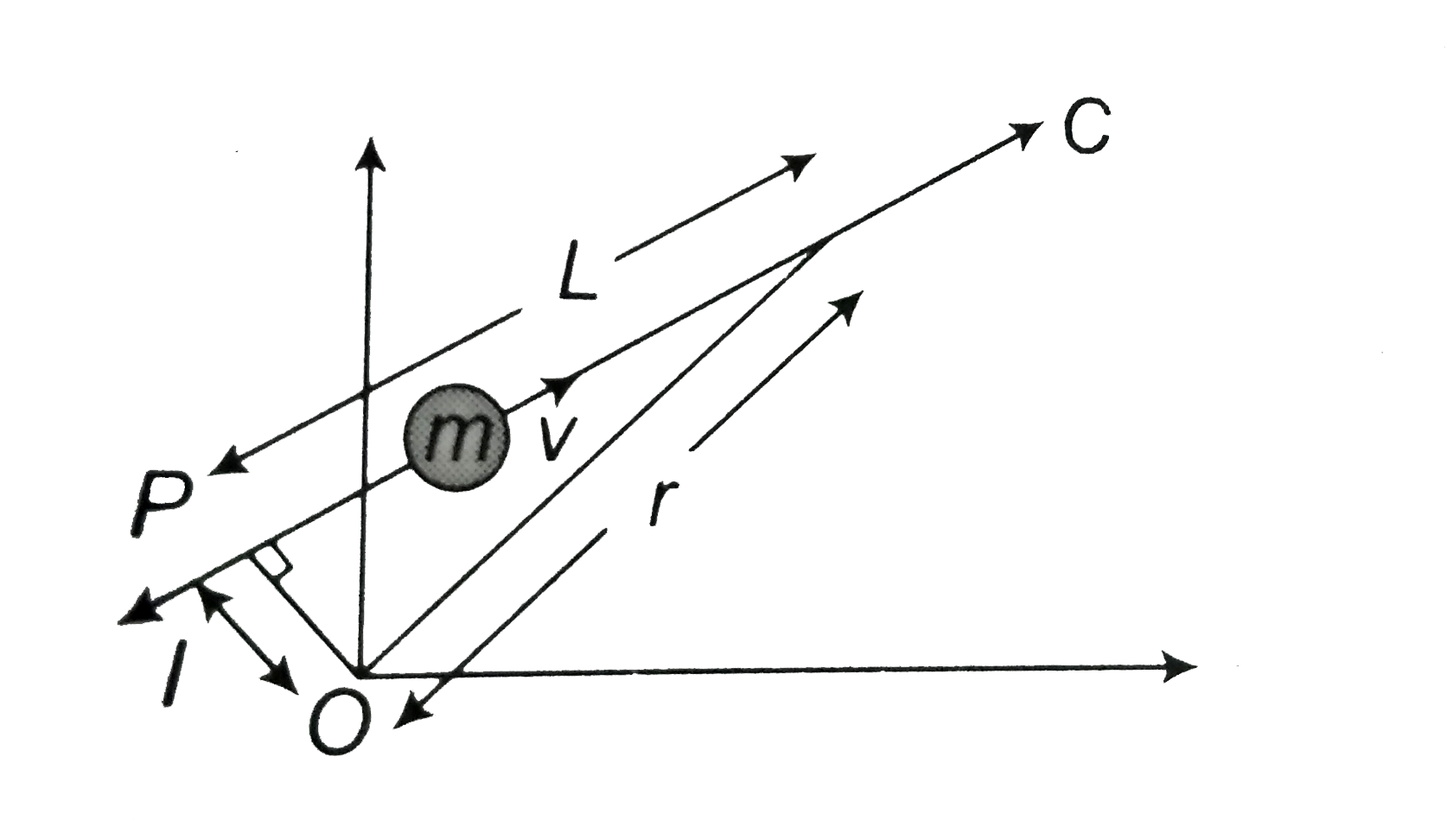When an particle of mass m moving with velocity v bombards on a heavy nucleus of charge Ze, its distance of closest approach form the nucleus depends on m as
m
The correct Answer is:D
To find the distance of closest approach D of an alpha particle bombarding a heavy nucleus, we can use the principles of conservation of energy. Here’s a step-by-step solution:
Step 1: Understand the System
The alpha particle has a mass m and a charge of +2e. The heavy nucleus has a charge of Ze. When the alpha particle approaches the nucleus, it experiences a repulsive electrostatic force due to the positive charges.
Step 2: Initial Energy Calculation
Initially, the alpha particle is moving with a velocity v. Therefore, its initial kinetic energy KEi is given by:
KEi=12mv2
The potential energy PEi at an infinite distance is considered to be zero:
PEi=0
Thus, the total initial energy Ei is:
Ei=KEi+PEi=12mv2+0=12mv2
Step 3: Energy at the Closest Approach
At the distance of closest approach D, the alpha particle momentarily comes to rest, so its kinetic energy KEf is zero:
KEf=0
The potential energy PEf at this distance is given by the electrostatic potential energy formula:
PEf=k⋅(2e)(Ze)D=2kZe2D
where k is Coulomb's constant.
Step 4: Apply Conservation of Energy
According to the conservation of energy, the total initial energy equals the total final energy:
Ei=Ef
Substituting the values we have:
12mv2=0+2kZe2D
Step 5: Solve for Distance D
Rearranging the equation to solve for D:
2kZe2D=12mv2
D=4kZe2mv2
Step 6: Analyze Dependence on Mass m
From the equation D=4kZe2mv2, we can see that D is inversely proportional to the mass m:
D∝1m
Conclusion
Thus, the distance of closest approach D depends inversely on the mass m of the alpha particle.
Final Answer
The distance of closest approach D is inversely proportional to the mass m.
---
The alpha particle has a mass m and a charge of +2e. The heavy nucleus has a charge of Ze. When the alpha particle approaches the nucleus, it experiences a repulsive electrostatic force due to the positive charges.
Initially, the alpha particle is moving with a velocity v. Therefore, its initial kinetic energy KEi is given by:
KEi=12mv2
The potential energy PEi at an infinite distance is considered to be zero:
PEi=0
Thus, the total initial energy Ei is:
Ei=KEi+PEi=12mv2+0=12mv2
At the distance of closest approach D, the alpha particle momentarily comes to rest, so its kinetic energy KEf is zero:
KEf=0
The potential energy PEf at this distance is given by the electrostatic potential energy formula:
PEf=k⋅(2e)(Ze)D=2kZe2D
where k is Coulomb's constant.
According to the conservation of energy, the total initial energy equals the total final energy:
Ei=Ef
Substituting the values we have:
12mv2=0+2kZe2D
Rearranging the equation to solve for D:
2kZe2D=12mv2
D=4kZe2mv2
From the equation D=4kZe2mv2, we can see that D is inversely proportional to the mass m:
D∝1m
Thus, the distance of closest approach D depends inversely on the mass m of the alpha particle.
The distance of closest approach D is inversely proportional to the mass m.
Topper's Solved these Questions
Similar Questions
When an α−particle of mass 'm' moving with velocity 'v' bombards on a heavy nucleus of charge 'Ze' its distance of closest approach from the nucleus depends on m as :
View SolutionWhen an α−particle of mass 'm' moving with velocity 'v' bombards on a heavy nucleus of charge 'Ze' its distance of closest approach from the nucleus depends on m as :
View SolutionAn alpha nucleus of energy 12mν2 bombards a heavy nucleus of charge Ze . Then the distance of closed approach for the alpha nucleus will be proportional to
View SolutionAn alpha nucleus of energy 12mν2 bombards a heavy nucleus of charge Ze . Then the distance of closed approach for the alpha nucleus will be proportional to
View SolutionA particle of mass m moves along line PC with velocity v as shown. What is the angular momentum of the particle about O?

View SolutionAn alpha particle of energy 5MeV is scattered through 180∘ by a found uramiam nucleus . The distance of closest approach is of the order of
View SolutionAn α-particle having K.E.=7.7MeV is scattered by gold (z=79) nucleus through 180∘ Find distance of closet approach.
View SolutionA satellite orbiting close to the surface of earth does not fall down because the gravitational pull of earth :
View SolutionA particle of mass 2m moving with velocity v strikes a stationary particle of mass 3m and sticks to it . The speed of the system will be
View SolutionIf an α-particle is incident directly towards a nucleus then it will stop when the distance between them is the distance of closest approach. Which of these is correct?
View Solution